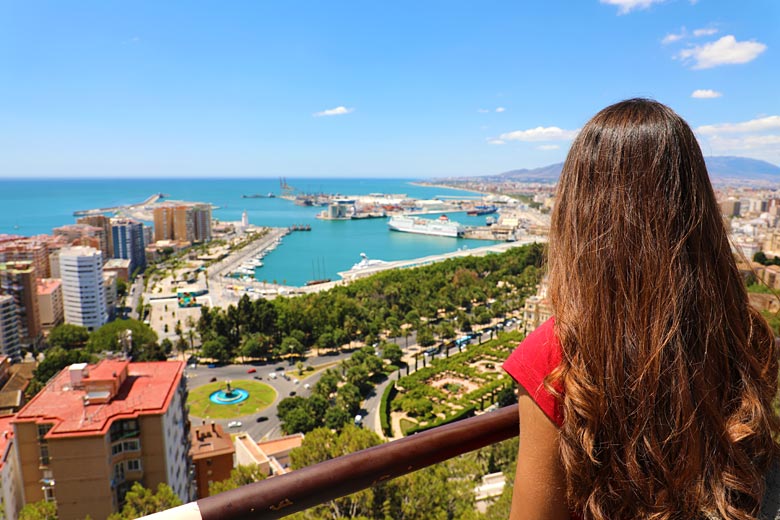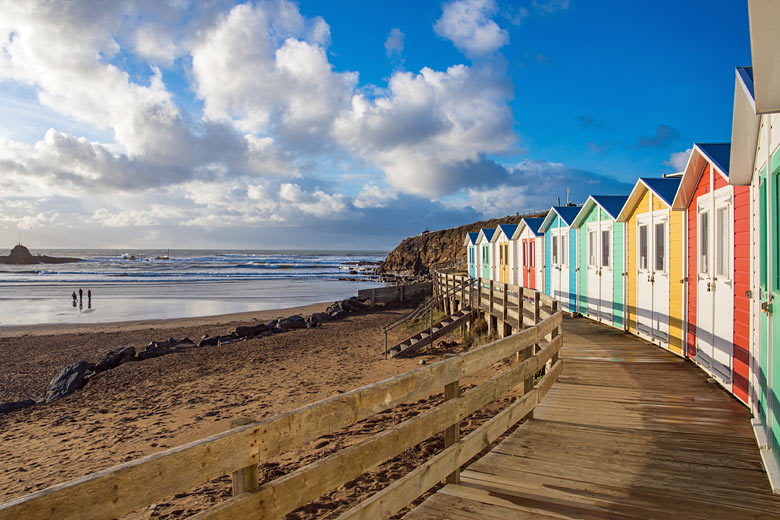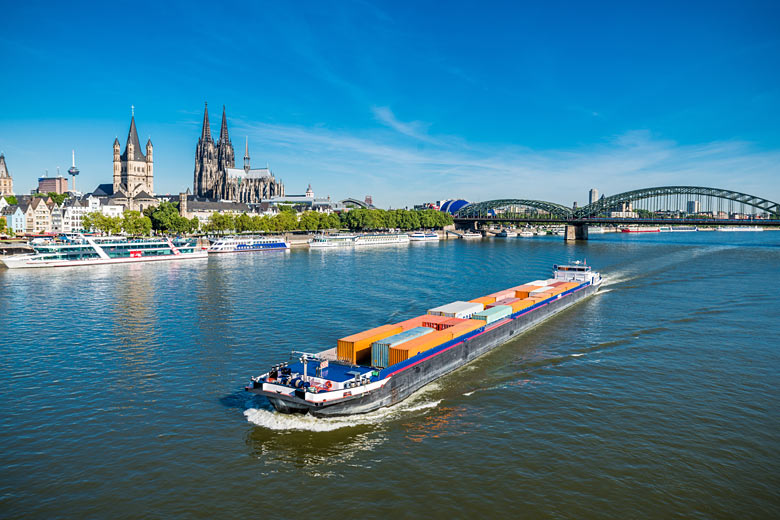L'Île d'Yeu: the French Atlantic island paradise you need to visit
"We used to visit on holiday," our guide Bettina Gonse shared as our bike tyres crunched along a sea-pink-lined clifftop path, "but when we retired we decided to move here permanently."
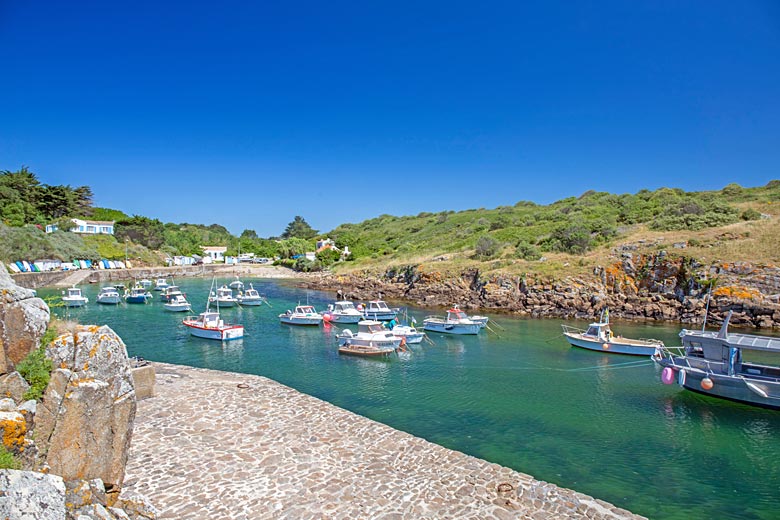
Under a blazing sun with the wide open Atlantic to my right and a fragrant pine forest hemmed with wildflowers to my left, I could quite see why.
For L'Île d'Yeu is the dream holiday destination in miniature. It's loaded with activities, history, boutique shops and restaurants doling out the freshest seafood. It's an obscenely tranquil place with a characteristically laidback pace of life.
Getting to L'Île d'Yeu: one of the easiest ways to reach L'Île d'Yeu from the UK is by getting to Nantes, which you can do either by flying with easyJet or taking the Eurostar to Paris and changing to the TGV.
From Nantes*, there are trains to Fromentine, where the ferry, operated by Compagnie Yeu Continent, departs to L'Île d'Yeu.
Half of the experience in getting to the island is the journey by public transport, which allows you to sit back and spy on the countryside as you go.
About L'Île d'Yeu
Located 15 miles (24 km) off the west coast of France in the Vendée area, part of the wider Pas de la Loire region, L'Île d'Yeu is just six miles (10 km) long and four-and-a-half miles (4 km) wide and, thanks to its complex geology, incredibly diverse.
Its rocky shoreline is punctuated with stretches of soft, golden sand and just two main harbours. Pine forests give way to white-washed cottages finished with colourful shutters that cluster together in petite villages. Swathes of the island are protected natural habitats, from shifting sand dunes to wetlands that welcome migratory birds.
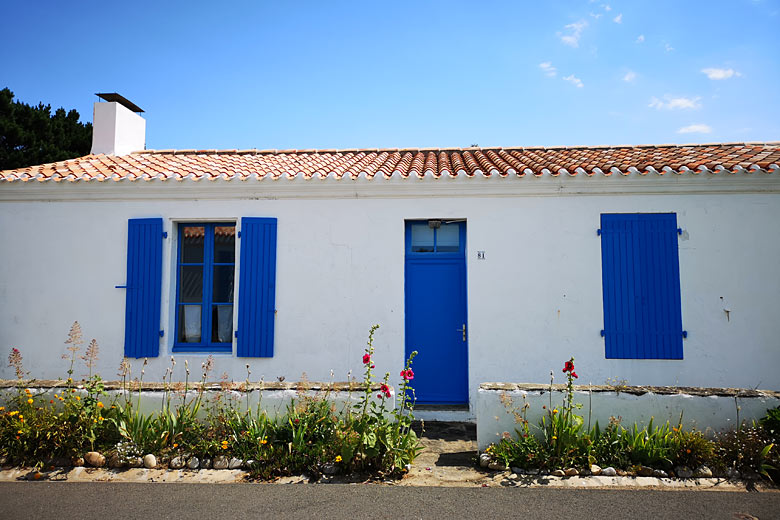
Streets ding with the sound of local residents pedalling past and the omnipresent breeze reminds you that the sea is always close by. Which is handy as taking the typically 30-minute-long ferry from Fromentine on France's mainland is the easiest way to get here.
It's a two-town island
The main town of Port Joinville is a lively disembarkation point for those arriving by ferry. The harbour, once the leading port for tuna on France's west coast, is still busy with fishing boats landing anything from monkfish to sole.
You'll also find the majority of restaurants (try rattan-chic La Cabane Sur Le Port for sea-fresh mussels), cafés, bars and boulangeries along the waterfront. There's a daily market all year-round and the tourist office is handily stuffed full of maps and guides.
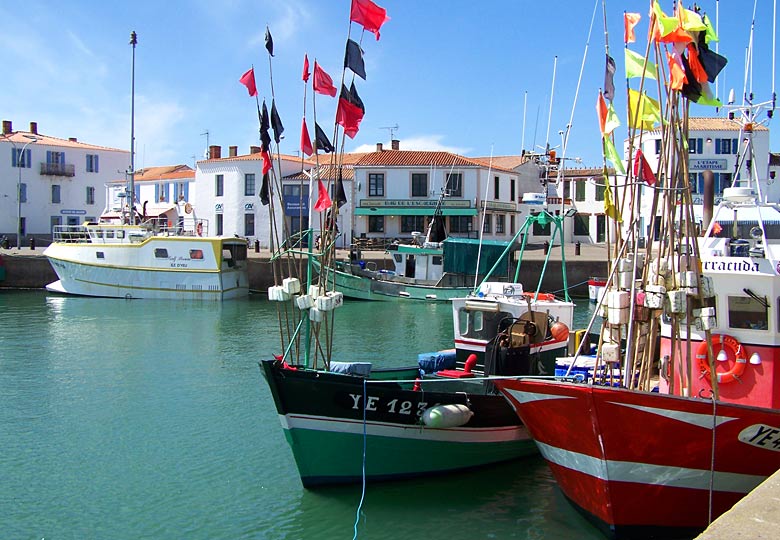
Port Joinville may be the Town-in-Chief of L'Île d'Yeu today but in centuries gone by, sleepy Saint Sauveur was the capital. Get your fill of those terracotta-topped cottages, visit the daily market in July and August and pop in to see the stained glass windows of the island's main church at its centre.
Life is lived on two wheels
While vehicles are allowed on L'Île d'Yeu, the easiest and, frankly, most enjoyable way of getting around is to do as the locals do and go by bike. There are plenty of bike hire places, so finding a set of wheels (e-bikes included) for a day or longer is no trouble at all.
A good way to see some of the island's main sights and experience the wilds of the more remote southern side is by cycling from Port Joinville to Port de la Meule.
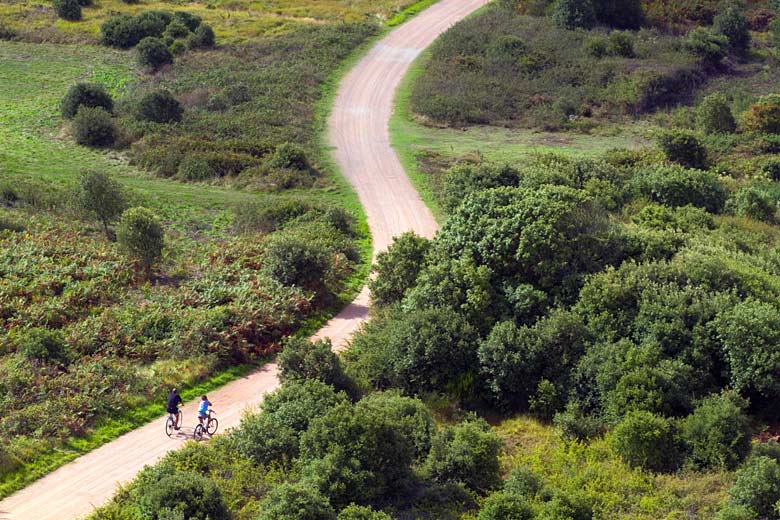
The route, which is about 8.5 miles (14 km), snakes through villages like Saint Saveur, delves through forests and winds past inviting beaches. Stop for a swim before admiring the boats bobbing in the secluded natural harbour of Port de la Meule.
If you're more ambitious, consider circumnavigating the island to see how the landscape changes over 17 miles (28 km), from the more populous north to the wilderness of the south.
Top tip: aim to be on the south coast at dusk; you're guaranteed a corker of a sunset.
And on two feet
If you prefer a slower pace, go on foot. Choose from 45 miles (72 km) worth of waymarked trails, with many dedicated short routes as well as the mighty coastal path that encircles the island. One of France's national Grande Randonnée hiking routes, the GR80 takes you past the ports, over sand dunes and alongside dramatic granite formations, accompanied by the Atlantic all the way.
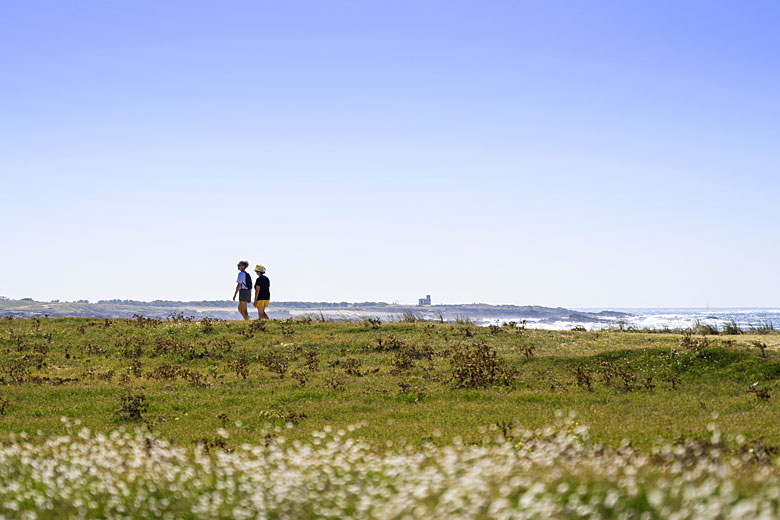
For something a little less strenuous, it's worth investigating the five smaller circular routes known as 'sentes', each served by a local bus from April to September. These have been carefully mapped to showcase different parts of the island in manageable chunks of 4 miles (7 km) to 6 miles (10 km).
For a walk with plenty of beaches under the watchful flash of the main Grande Phare lighthouse, try the Oyes Sente. Alternatively, to see the wildlife of the wetlands to the east, opt for the Marais Sente.
The historic sites span millennia
To the surprise of some, there's more history, ancient and modern, on show here than might be expected. Everyone from prehistoric man and Irish monks on a mission to raiding Vikings have coloured this Atlantic outpost.
If you're exploring the south side of the island, you won't fail to spot the 14th-century Vieux Château. Among its escapades through the centuries, the castle, which was built to protect local islanders from foreign invasion, was, in fact, seized by an English pirate in 1355. He occupied L'Île d'Yeu for nearly 30 years before it was recaptured by the French.
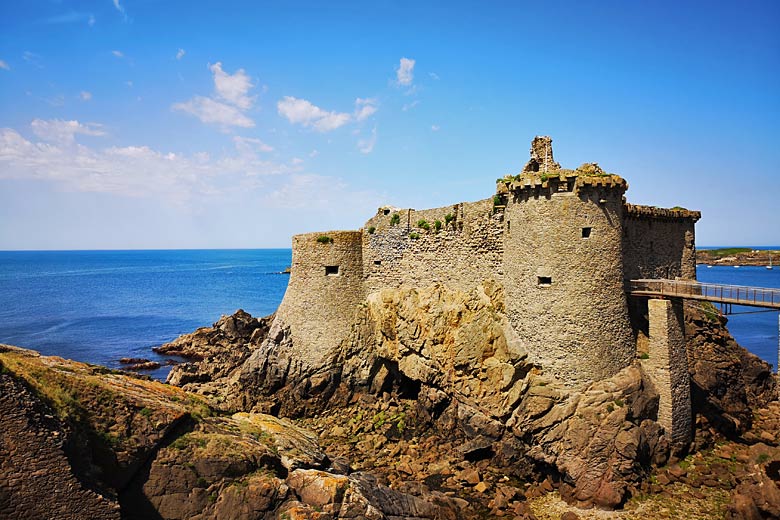
The ruins of this formidable-looking castle are built on a rocky outcrop, which is cut off at high tide, the sea acting as a natural moat. It is connected by a bridge and entry is with a booked guide only, although marvelling at it from the outside is just as impressive.
Planted above Port Joinville sits Fort de Pierre Levée. This 19th-century fortress was constructed on the site of a Neolithic standing stone and although its initial purpose was one of protection, this shifted over the decades, acting as a prison and army barracks.
It's also where Marshal Philippe Pétain, head of the Vichy Government, which collaborated with Nazi Germany in WWII, was imprisoned in 1945 and where he eventually died in 1951. You can visit the fort for free all year round.
Other historic landmarks include the Grande Phare lighthouse. This sleek, stylish form, which stands 41 metres tall, opened in 1951 following the destruction of the original 1829 design by German troops in 1944.
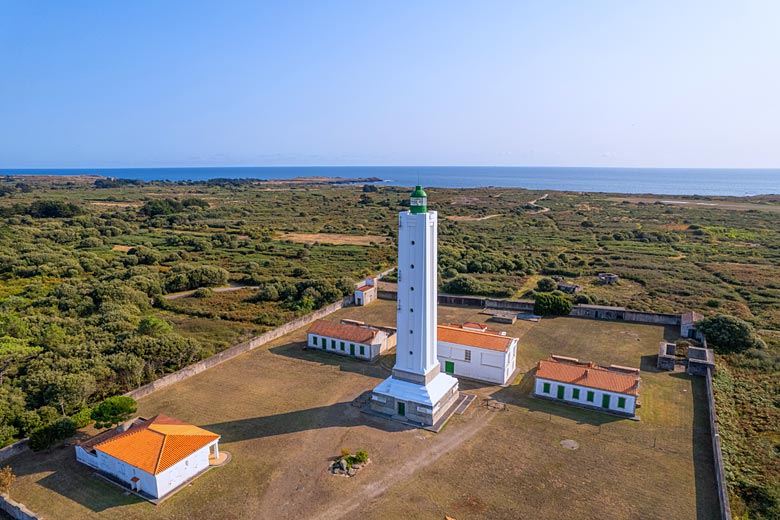
Another, smaller lighthouse, the Pointe des Corbeaux beacon, can be seen in the southeast of the island. Designed by the same architect behind the Grande Phare, it too has an Art Deco leaning with a white-washed octagonal-shaped tower that was opened in 1950 after its predecessor was also destroyed by the Germans.
Perched above Port de la Meule is the tiny chapel of Notre-Dame-de-Bonne-Nouvelle. Said to date from the 11th century, it's the oldest on the island, although inside its very modern stained glass window is worth a look.
The eagle-eyed will also spot a couple of Neolithic stone remains, notably, La Planche a Puare Dolmen and La Petits Fradets Dolmen that can be seen in the northwest of the island.
It's easy to make the most of the sea
As an island at the eastern edge of the Atlantic, it's perhaps no great surprise that L'Île d'Yeu is well set up for watersports. Whether you're a beginner with a board or a pro with a paddle, there are a number of schools offering lessons and places hiring equipment.
Get to grips with a paddleboard, strike out sailing or climb into a kayak. A popular option for those with a bit of experience or with a guide is to kayak around the island, giving you a very different perspective on the landscape.
The island is also much-loved by divers and treasure hunters who come to delve into the deep blue where wrecks of all ages dot the seabed near L'Île d'Yeu.
There are beaches of all shapes & sizes
"Some people come here every morning to swim," Bettina tells me as we watch a couple stride into the shallows of ochre-hued Belle Maison Beach. And why wouldn't you? Some 30 beaches bite into the coastline of L'Île d'Yeu, all different but equal in appeal.
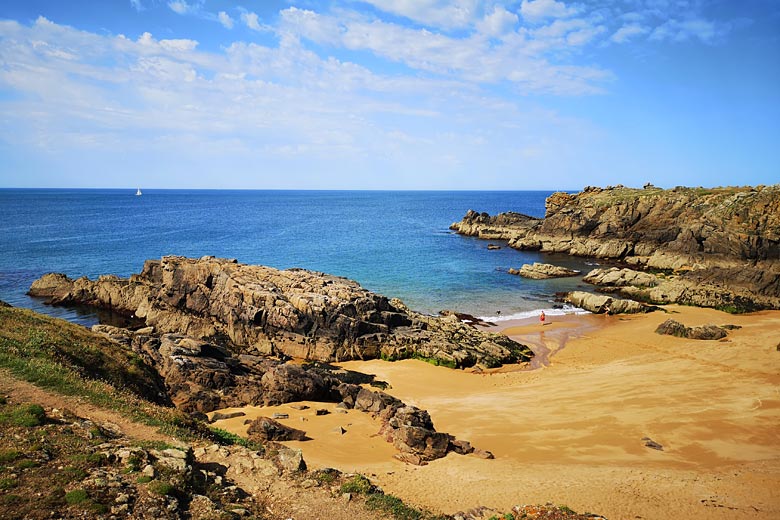
In the northeast, the stretches of sand resemble the many long, open beaches of the Vendée coast while to the northwest lie numerous smaller, sandy coves, like Anse des Broches.
To the south, where the geology is more rugged and the space more sparse, the beaches are a little more exotic in feel. Soft sand gives way to clear water flanked on either side by curiously-formed rocks.
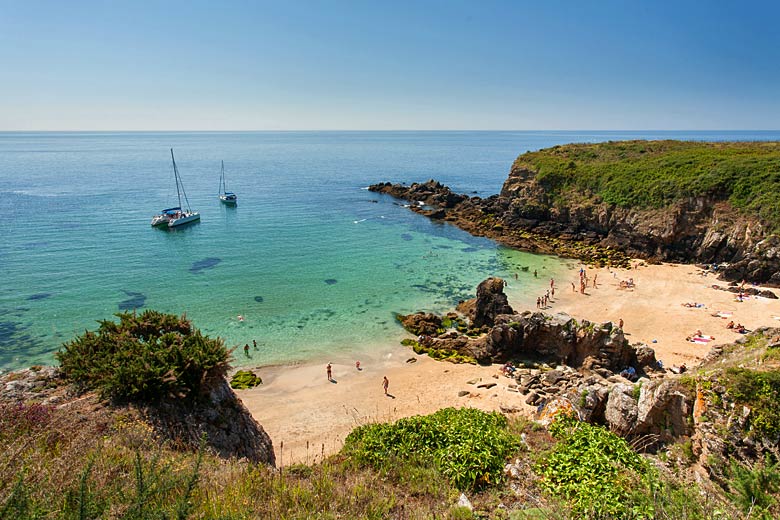
One of the most well-loved by locals is Plage des Soux. You won't find any supplies here, so take what you need and settle in for a day of sun, sea and suitably glorious sand.
Where to stay: it'd be hard to stay anywhere nicer than the beautiful Les Hautes Mers just outside of Port Joinville.
Ideally located, it was recently revamped under new owners, the group Les Domaines de Fontenille. This contemporary boutique hotel has 17 marine-themed rooms, most with a balcony or garden access.
There's also a pool, Jacuzzi, fabulous restaurant artfully designed with model ships hanging from the ceiling and the group's own house wine on the menu.
Go island-hopping
Visiting in summer? Consider a hop across to L'Île de Noirmoutier. A ferry, which operates in July and August, connects L'Île d'Yeu with its larger neighbour, 21 miles (33 km) to the north.
Although it could be argued that L'Île de Noirmoutier is less of an island these days, thanks to the bridge and tidal causeway that connect it to the mainland, it has serious island feels.
Much like a scaled-up version of L'Île d'Yeu, L'Île de Norimoutier has long golden sandy beaches, watersports, walking trails and a lively local community. The ferry from L'Île d'Yeu typically takes between 45 and 75 minutes each way.
Weather on L'Île d'Yeu
| Jan | Feb | Mar | Apr | May | Jun | Jul | Aug | Sep | Oct | Nov | Dec | |
|---|---|---|---|---|---|---|---|---|---|---|---|---|
| Maximum daytime temperature °C |  9 9 |
 10 10 |
 12 12 |
 15 15 |
 18 18 |
 21 21 |
 24 24 |
 23 23 |
 22 22 |
 18 18 |
 13 13 |
 10 10 |
| Hours of sunshine (daily) | ||||||||||||
| Days with some rainfall |  18 18 |
 16 16 |
 16 16 |
 15 15 |
 15 15 |
 11 11 |
 10 10 |
 11 11 |
 12 12 |
 15 15 |
 17 17 |
 18 18 |
| Sea temperature °C | 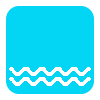 11 11 |
 10 10 |
 10 10 |
 11 11 |
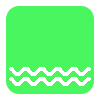 14 14 |
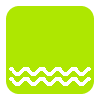 17 17 |
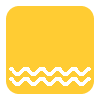 19 19 |
 19 19 |
 18 18 |
 17 17 |
 14 14 |
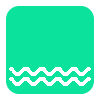 12 12 |
The above shows the weather in L'Île d'Yeu. You can find out more about the weather along France's Atlantic coast and the wider country in our complete guide to the weather in France.
Ready to discover L'Île d'Yeu? Check out the latest offers on flights with easyJet and rail fares with Eurostar today.
Please note: Weather2Travel.com experienced L'Île d'Yeu in May 2022 with support from L'Île d'Yeu Office de Tourisme and Vendée Tourisme. All views expressed are those of the writer.
More about France
- Overview
- Best time to visit
- Weather by month
- 5-day weather forecast
- Destinations
- Travel advice
- Deals & discounts
France by month
Jan Feb Mar Apr May Jun Jul Aug Sep Oct Nov Dec
Explore holidays in the sun for less
- Beach holidays
- Family holidays
- City breaks
- Summer holidays
- Winter sun holidays
- Holiday offers
- Top travel brands
- Airlines & flights
- Discount hotels
- Airport parking deals
- TUI
- Jet2holidays
- easyJet holidays
- Love Holidays
- January sales
Airport parking
- Manchester Airport
- Stansted Airport
- Bristol Airport
- Luton Airport
- Birmingham Airport
- Edinburgh Airport
- Gatwick Airport
- Glasgow Airport
- Newcastle Airport
Airport lounges
- Manchester Airport
- Birmingham Airport
- Bristol Airport
- Edinburgh Airport
- Glasgow Airport
- Heathrow Airport
- Newcastle Airport
- Stansted Airport
- Gatwick Airport
Be inspired
Get your weekly fix of holiday inspiration from some of the world's best travel writers plus save on your next trip with the latest exclusive offers
We promise not to share your details
















